Palmyra – Camp of Diocletian تدمر – معسكر ديوقلسيان
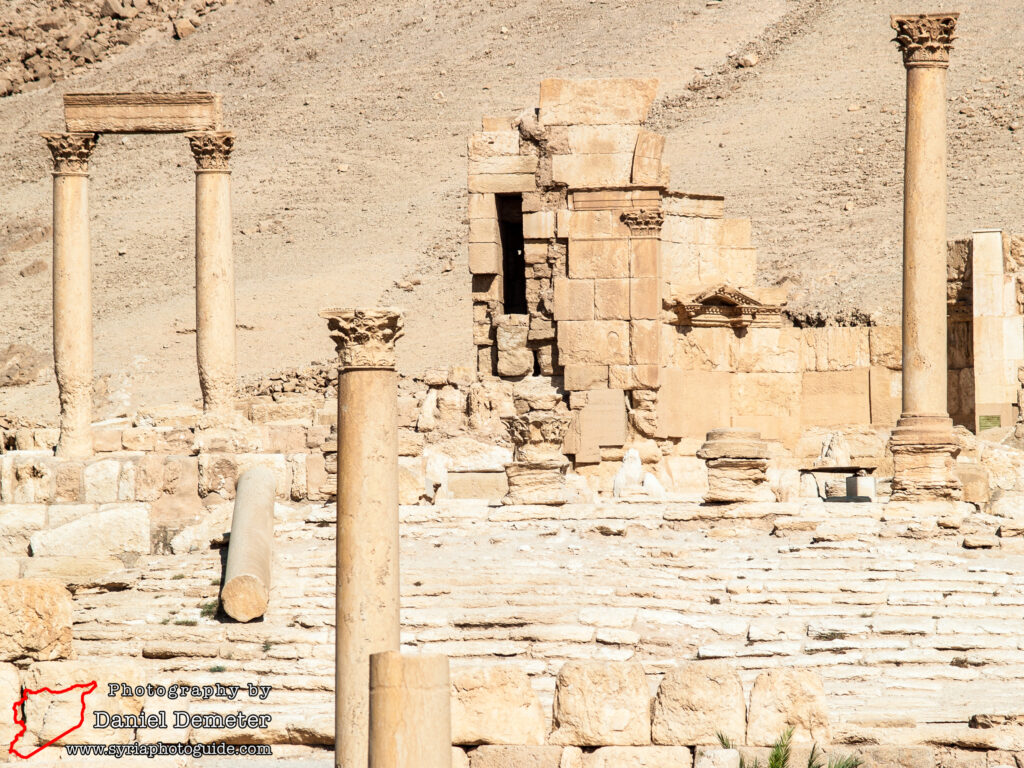
The area known as the Camp of Diocletian (معسكر ديوقلسيان) was a late Roman expansion to the ancient city Palmyra (تدمر), located at the western edge of the acropolis. The district was built to serve as a military outpost after Rome’s eastern frontier had become destabilized by Sasanian attacks from Persia and Zenobia’s revolt (267-271). It was under Emperor Diocletian’s rule, between 284 and 305, that Rome’s control over the region was once again secured. The camp was constructed under Sosianus Hierocles, the governor of Syria during the reign of Diocletian. A Polish archaeological team from the University of Warsaw was responsible for excavating much of the site.
Of the surviving remains, there are two buildings that are particularly noteworthy. The Roman legion’s principia, also known as the Temple of the Standards, is located on a hill in the west of the camp. This building was constructed under Sosianus Hierocles, between 293 and 303. The structure is poorly preserved, perhaps due to unstable foundations. The massive flight of stairs leading to the entrance portico have sunk into the ground. Along with a few standing columns, the apse of the inner shrine survives somewhat intact. The building appears to have served several functions, including accommodation of troops, storage of weapons, and promotion of a military cult. The site has a commanding view over the remains of the ancient city to the east.
To the east are the remains of the Temple of Allat (معبد اللات), which predates the establishment of the Camp of Diocletian (معسكر ديوقلسيان). It was constructed in the second century over an even earlier sanctuary (first century BCE). Allat was a goddess of local origin, equated with Ishtar in Mesopotamia, Atargatis in northern Syria and Athena in Greece. A statue of the goddess Athena copied from the Greek sculptor, Phidias, was found at the site. The wall of the compound featured a massive lion sculpture from around 50 BCE that was relocated to the garden of the museum (متحف).
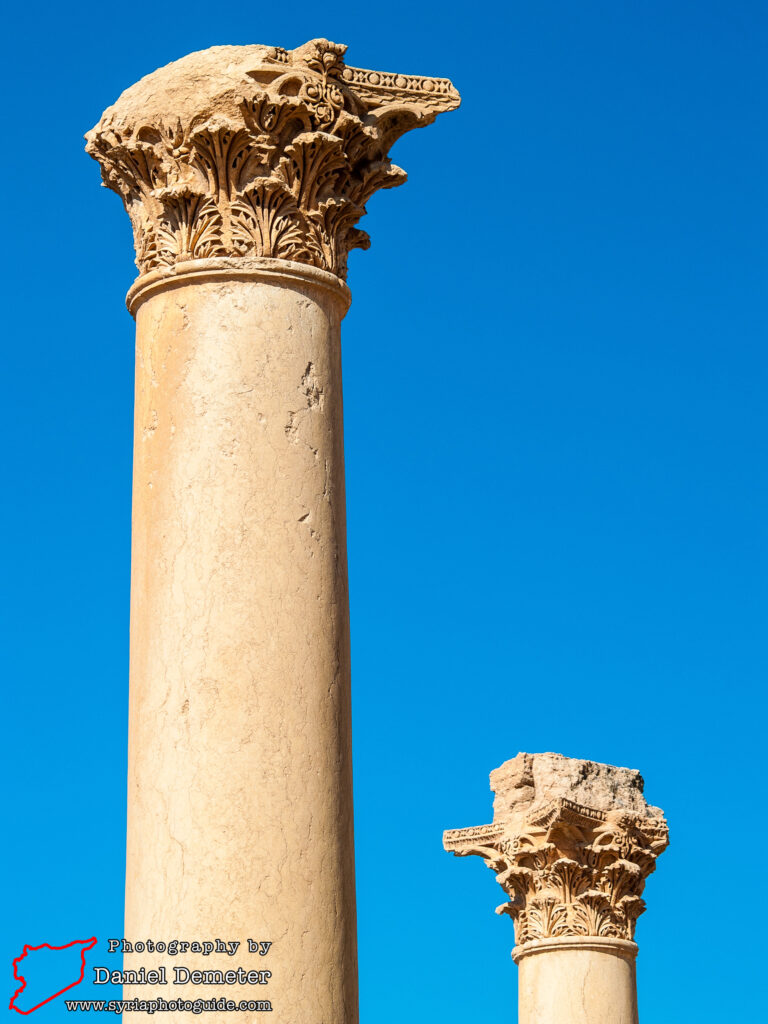
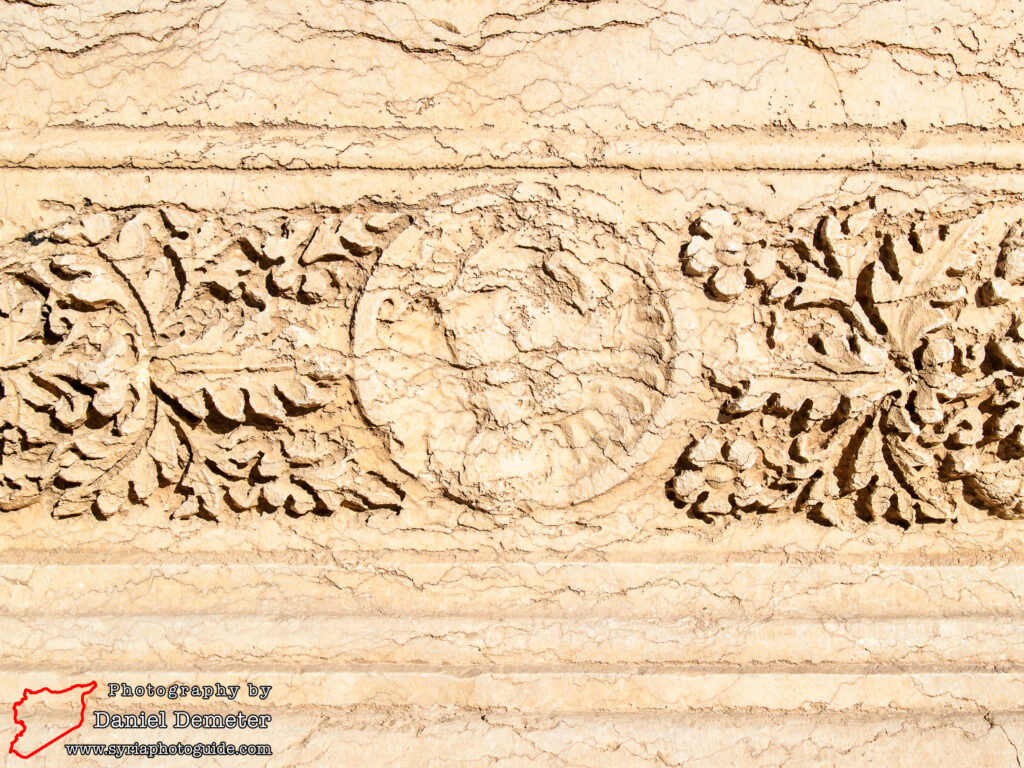
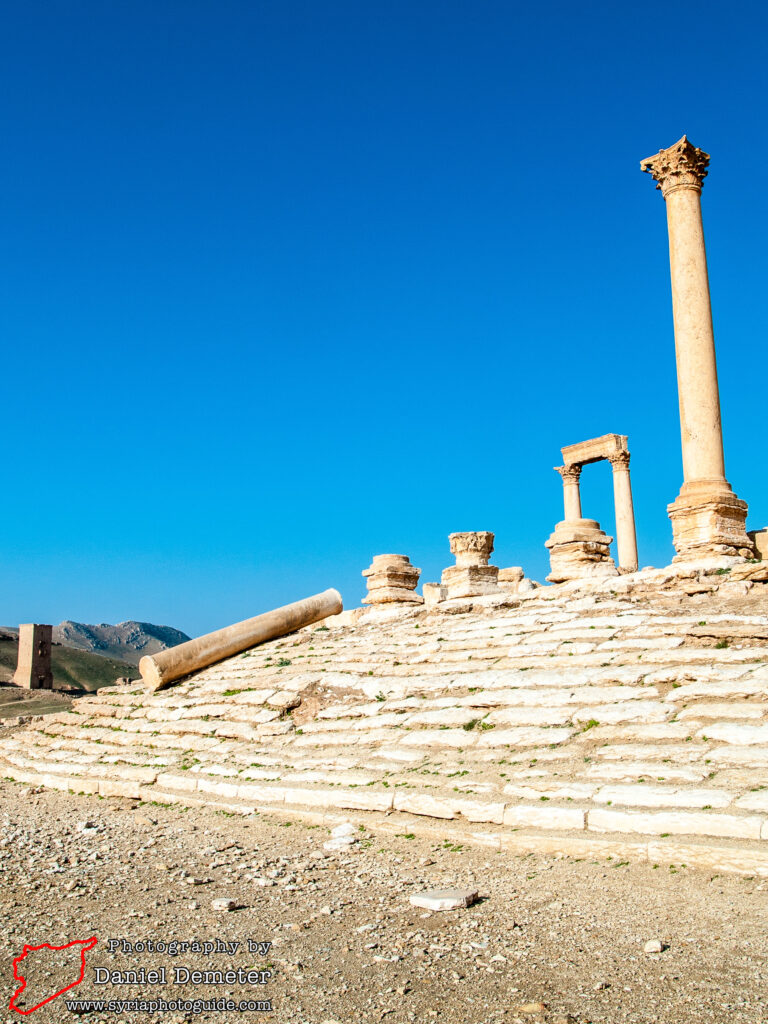
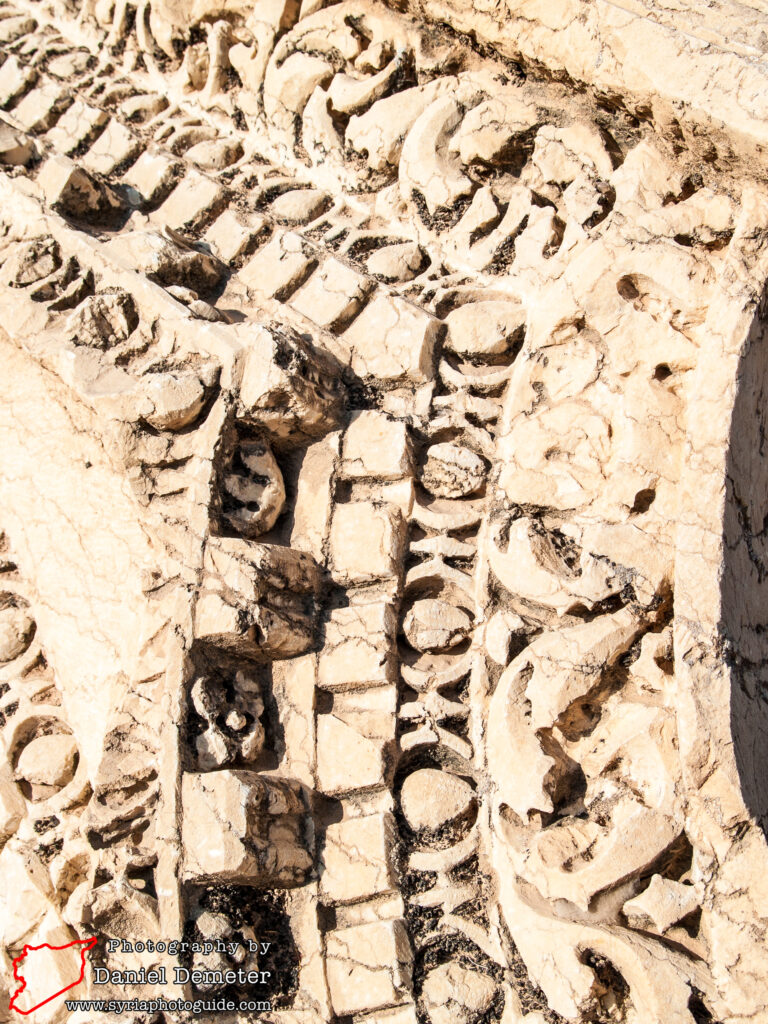
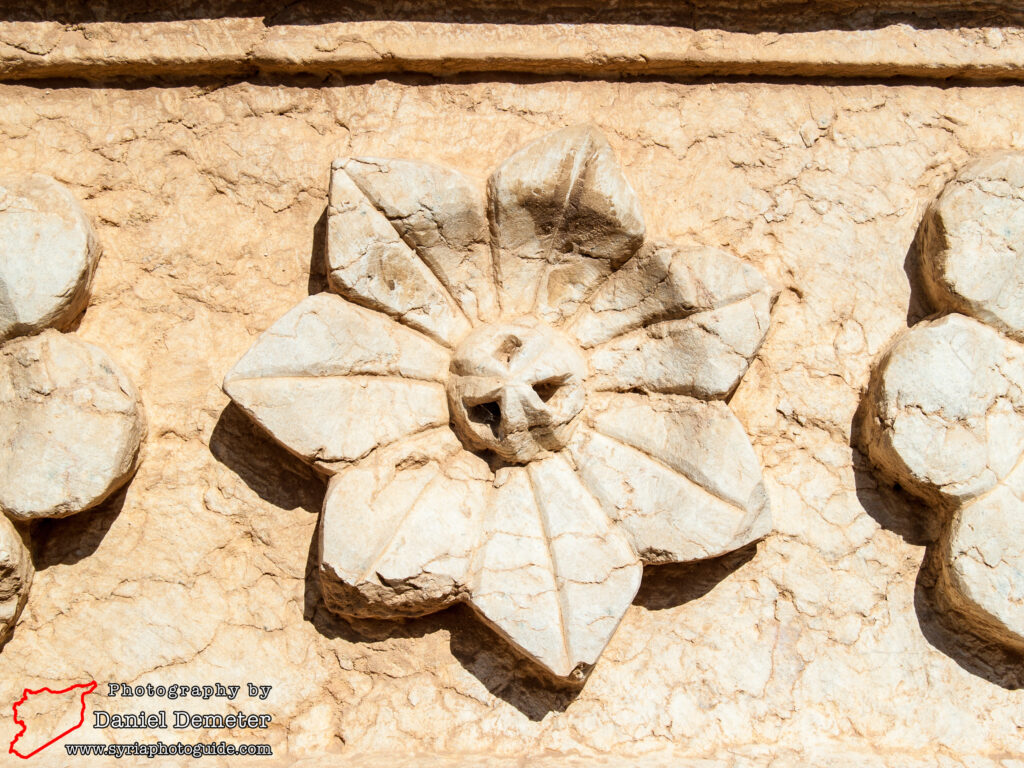
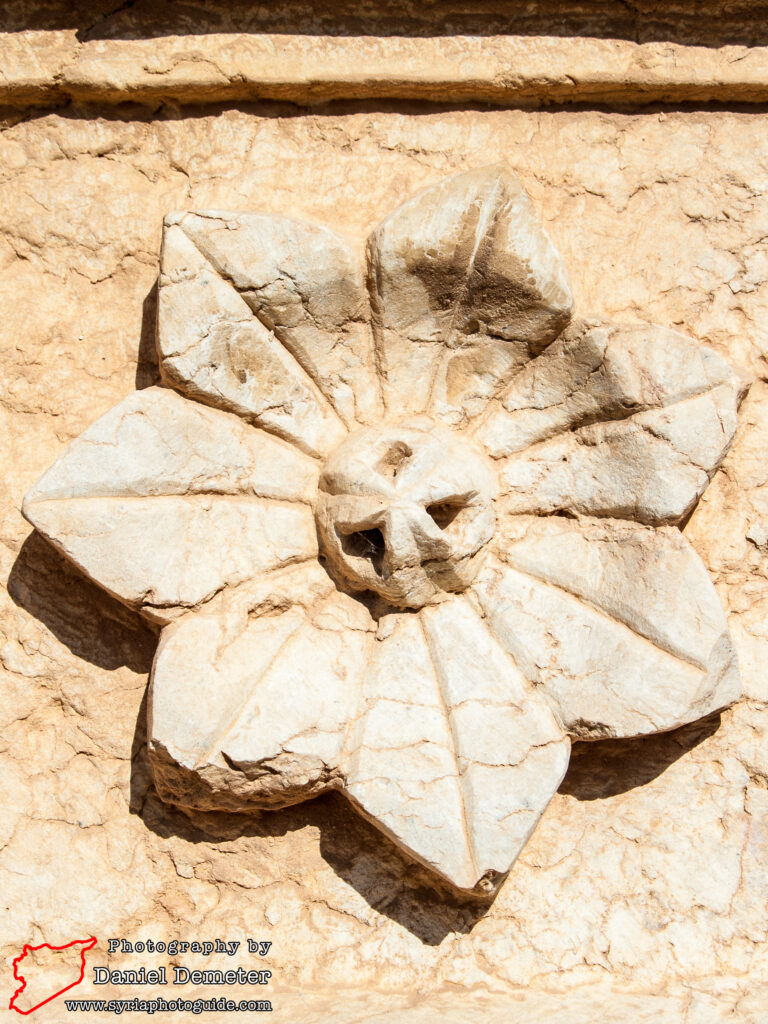
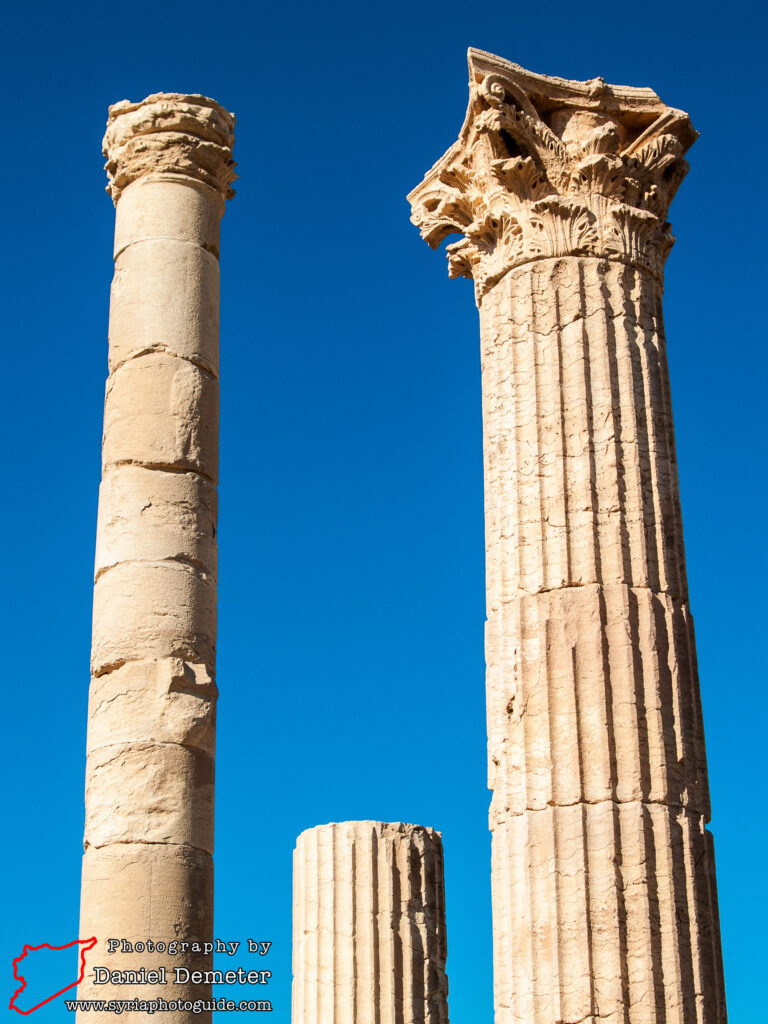
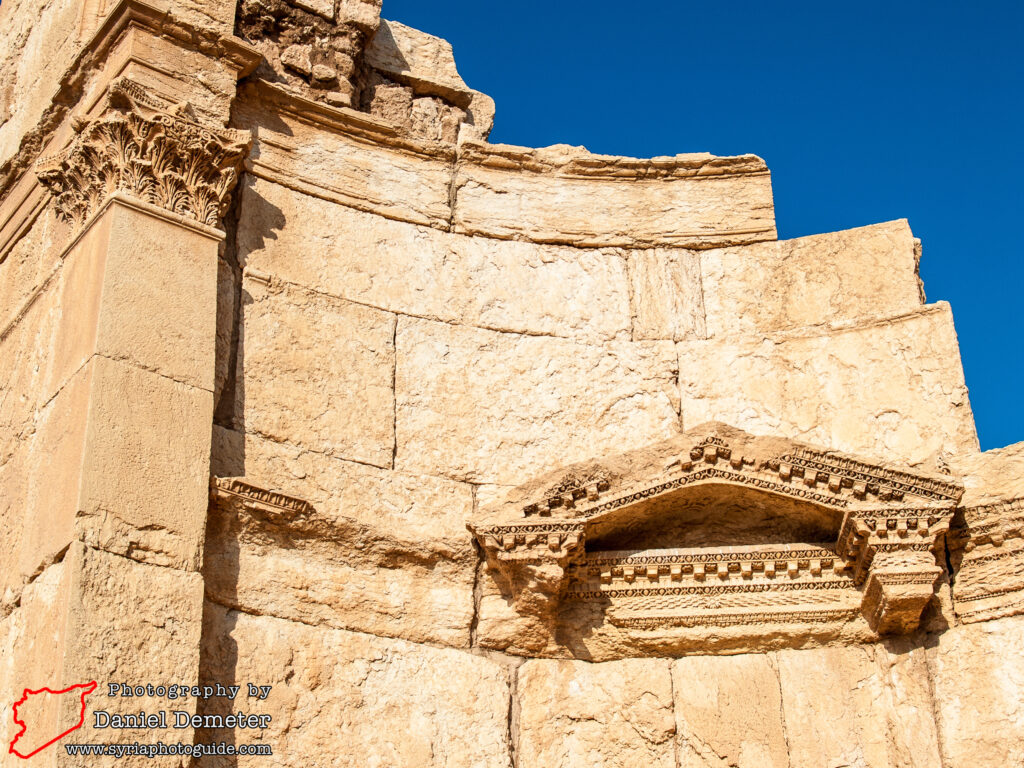
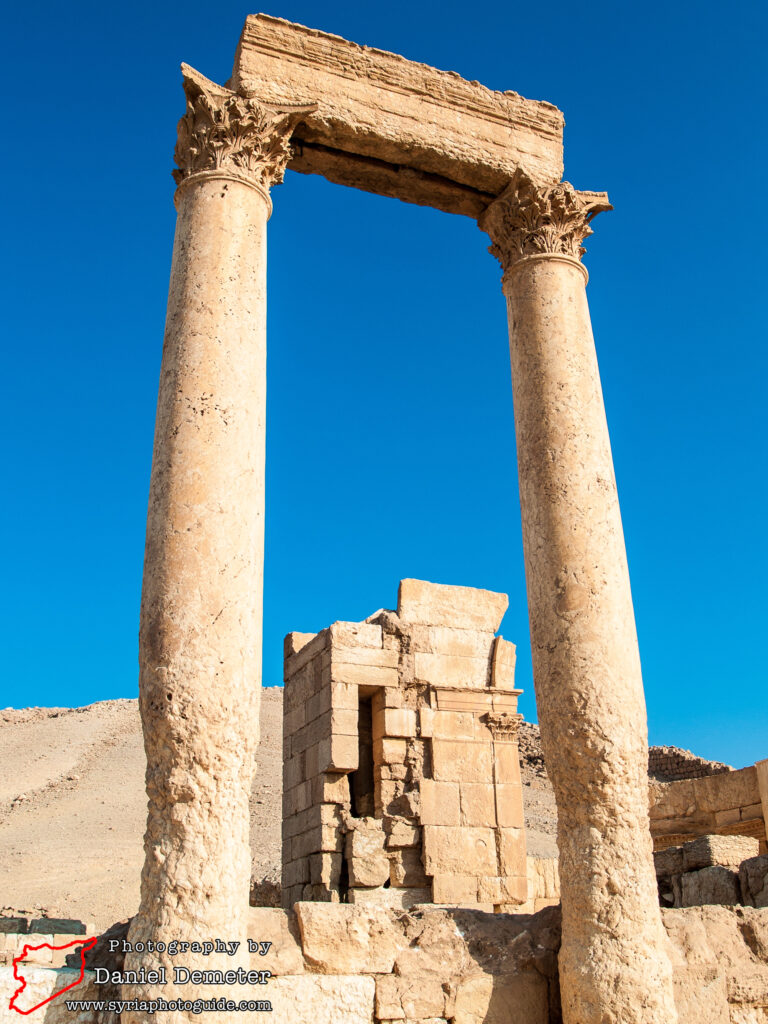
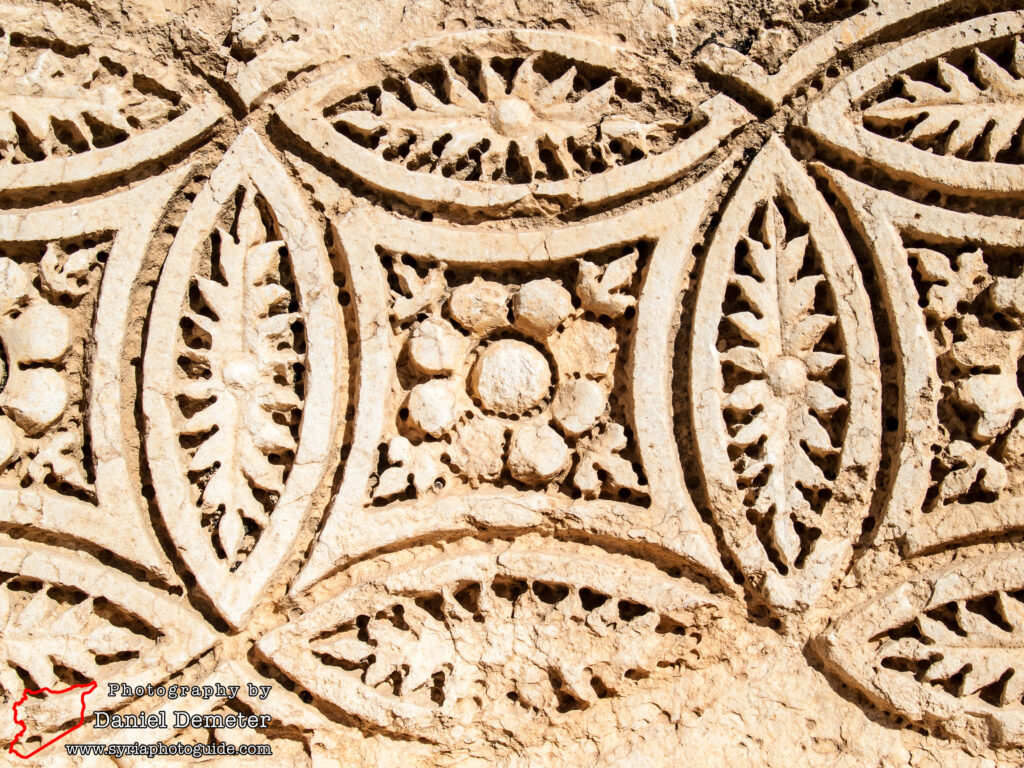
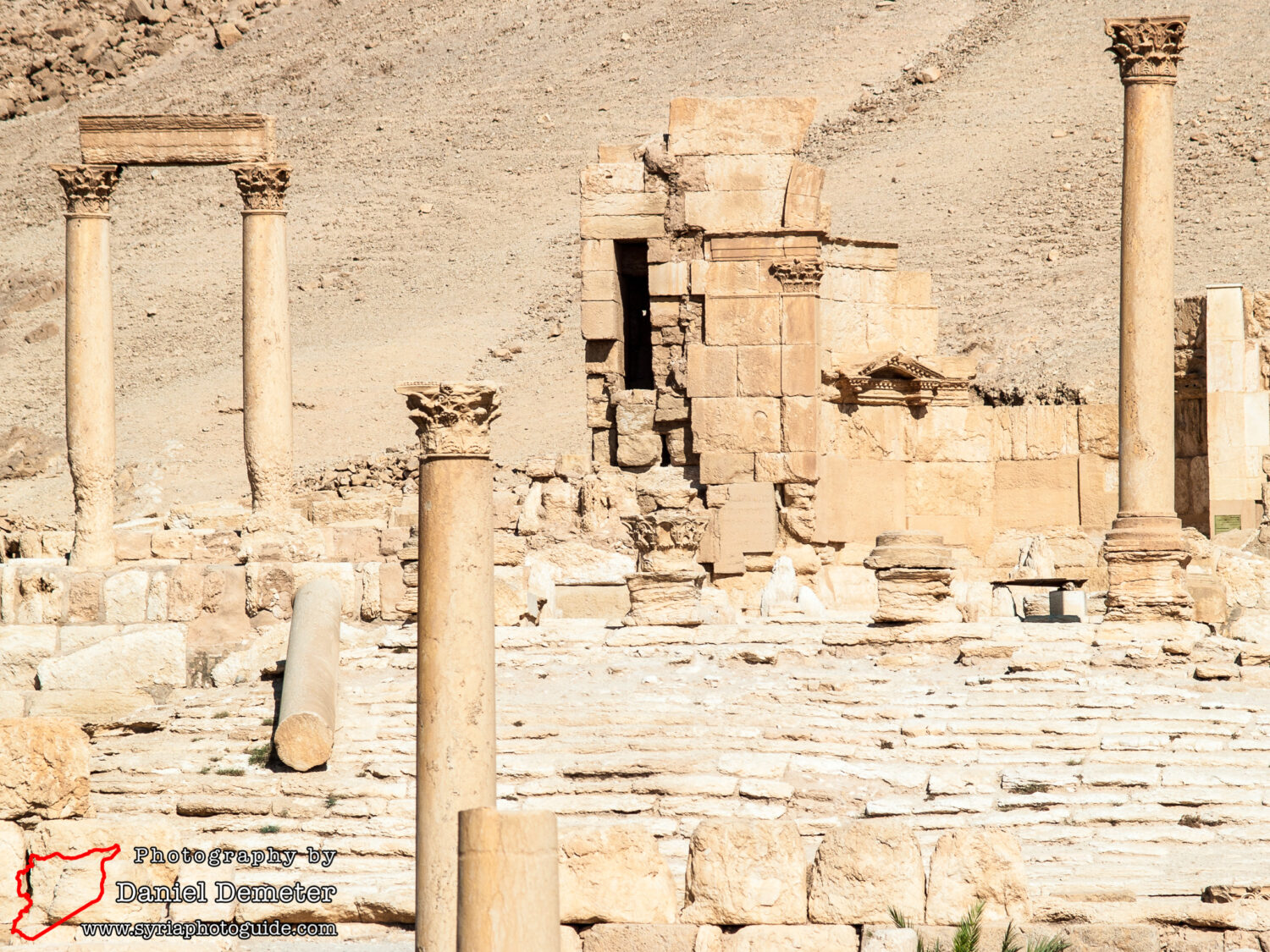
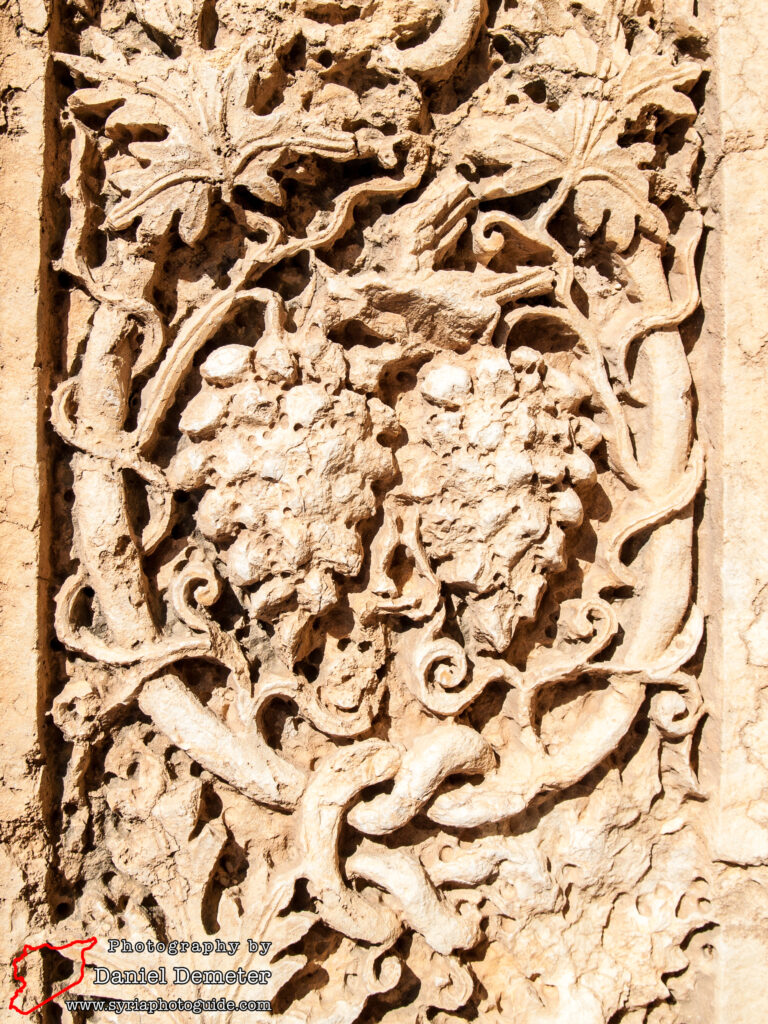
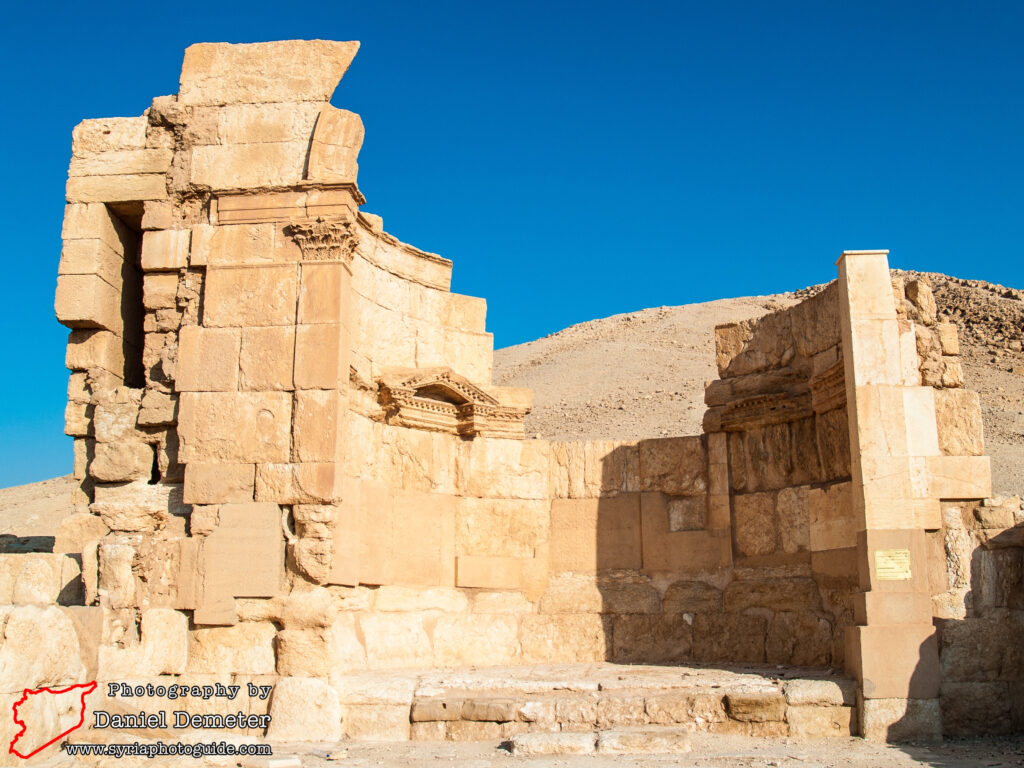
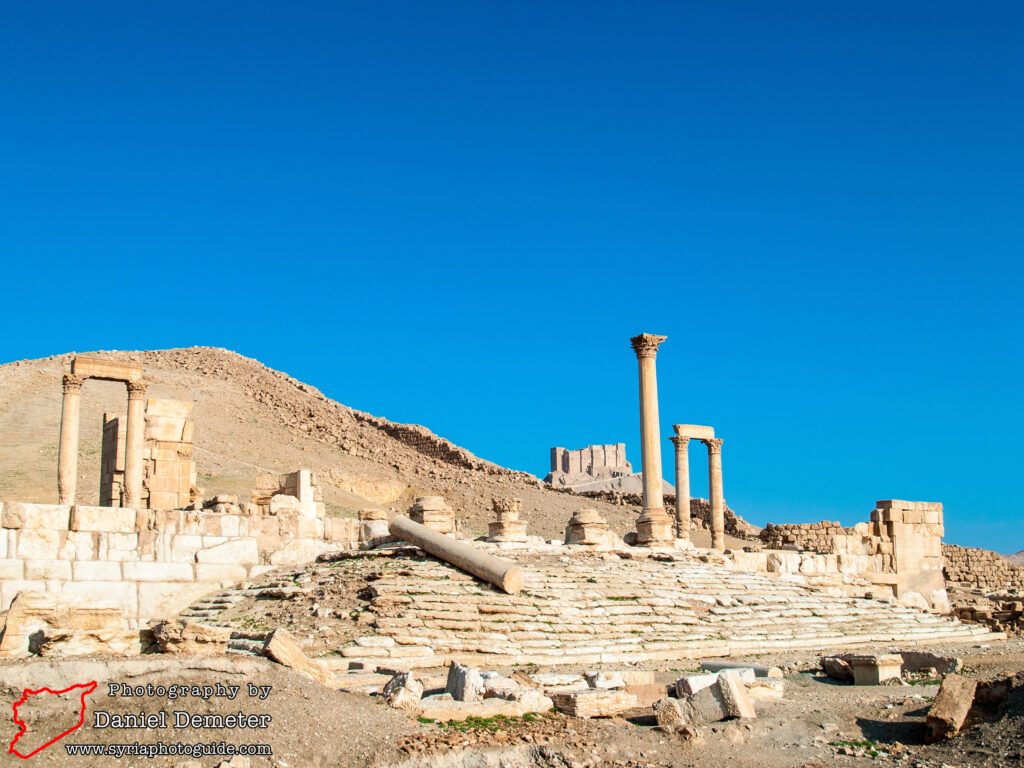
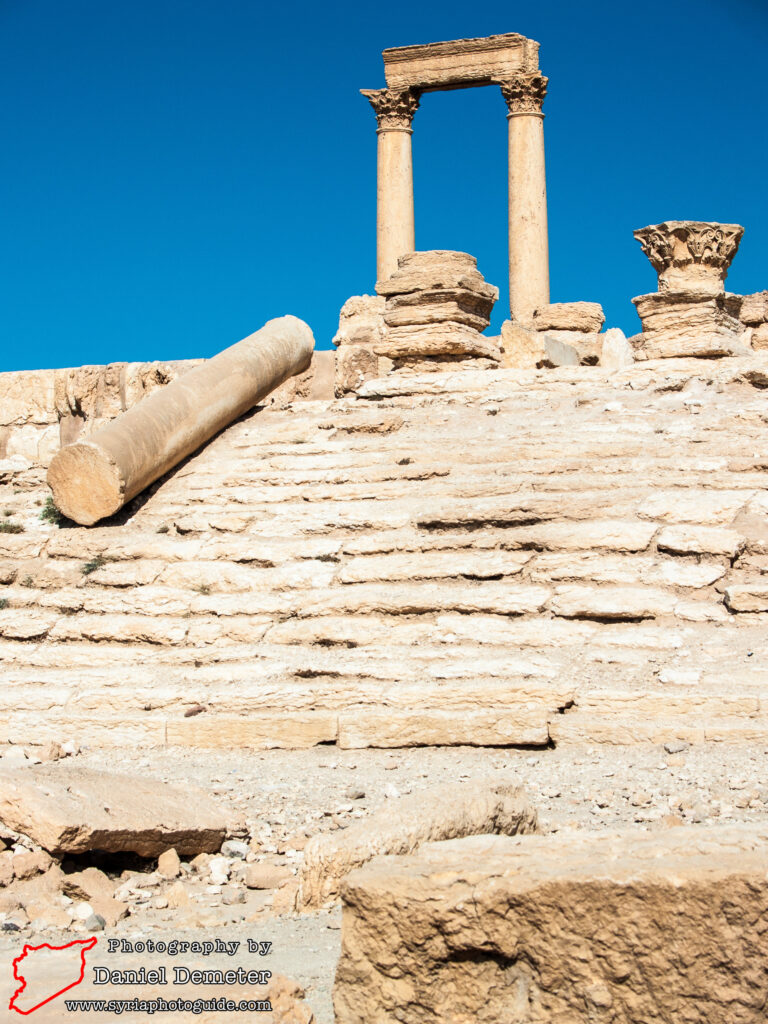
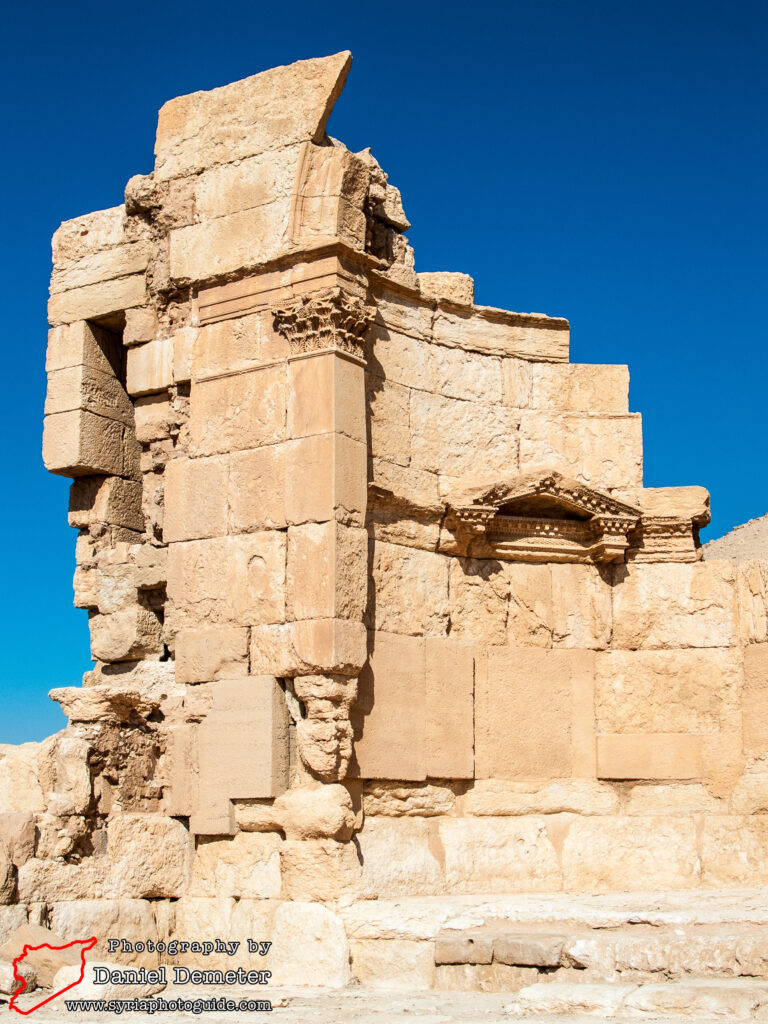
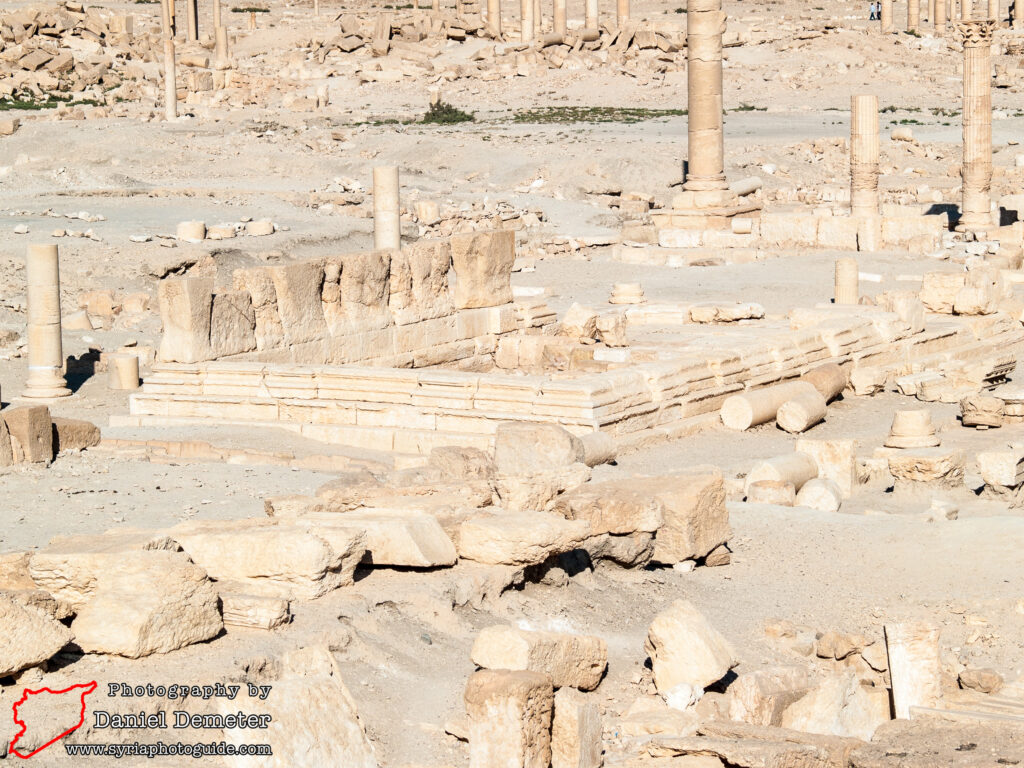
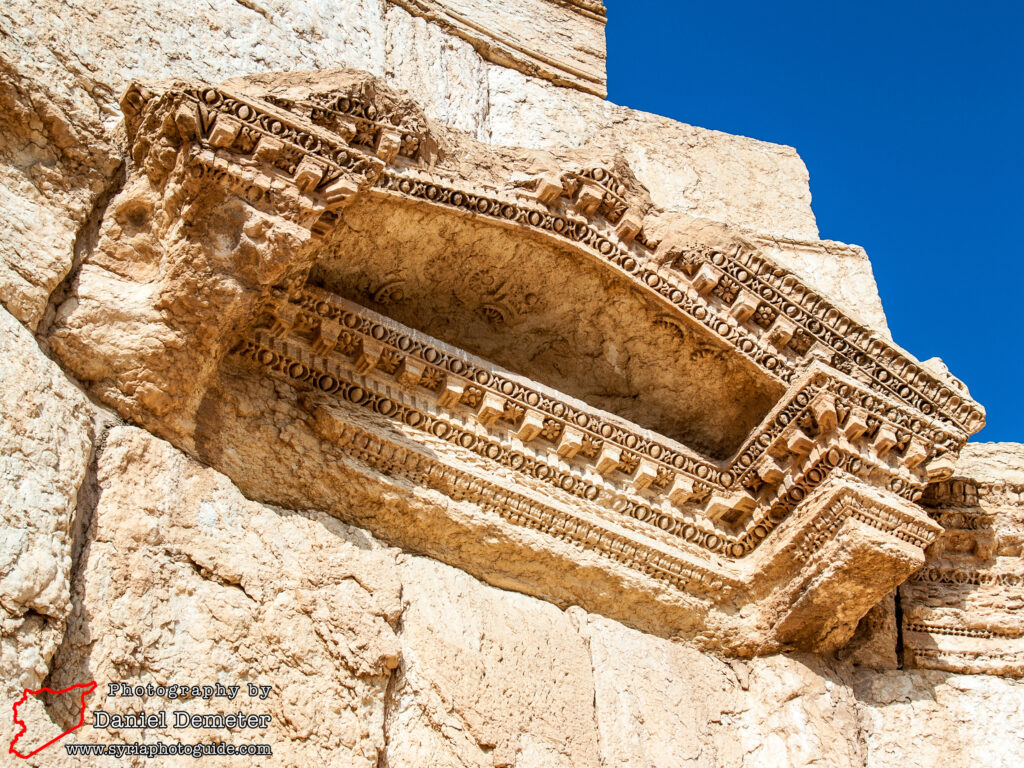
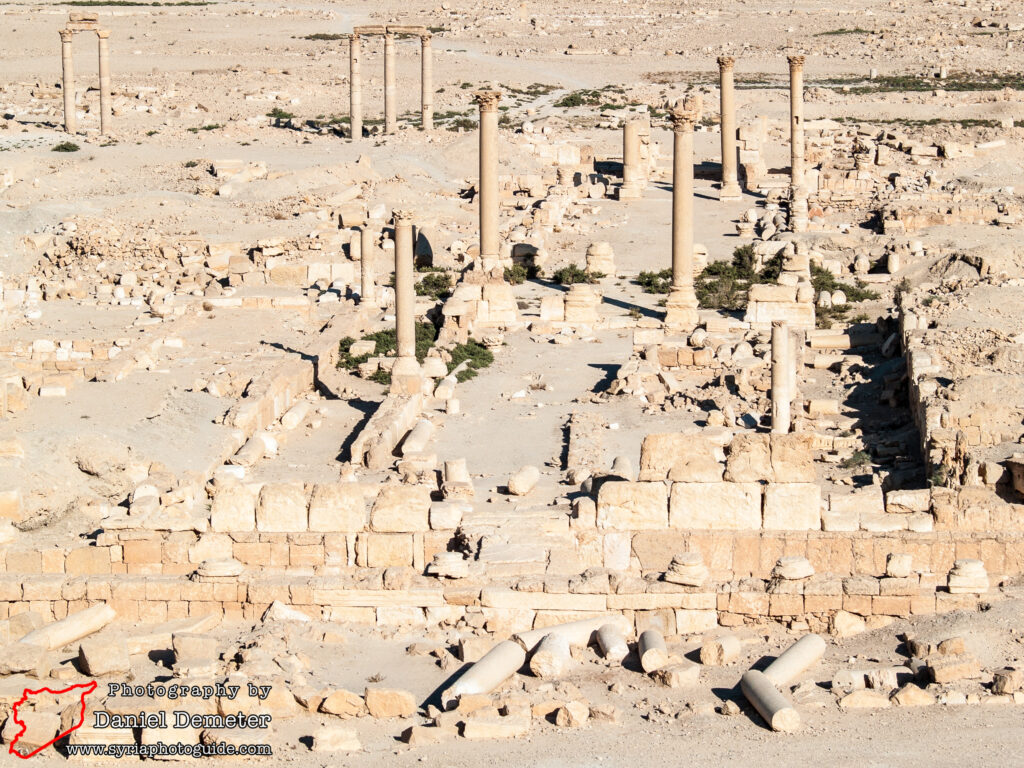
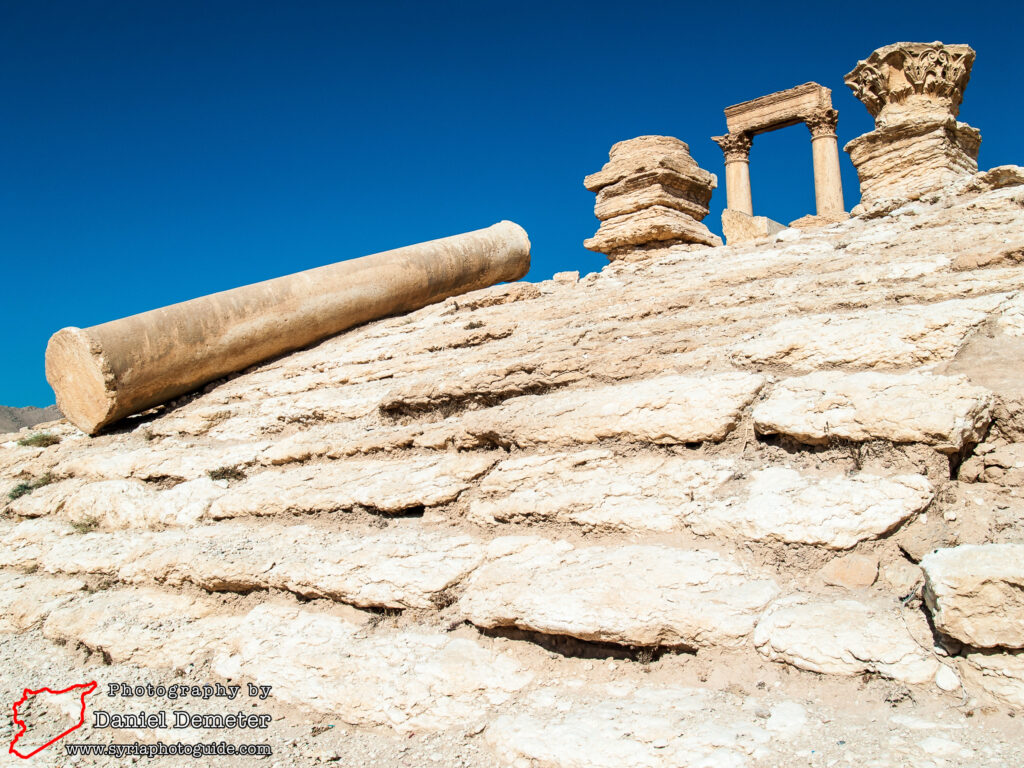
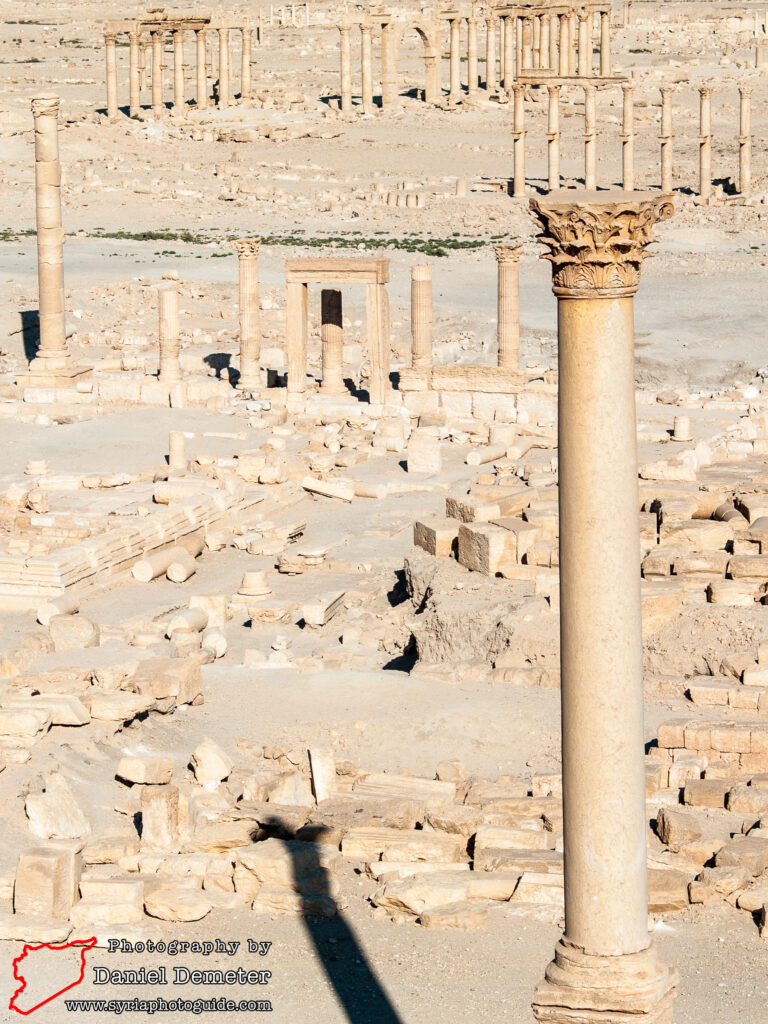
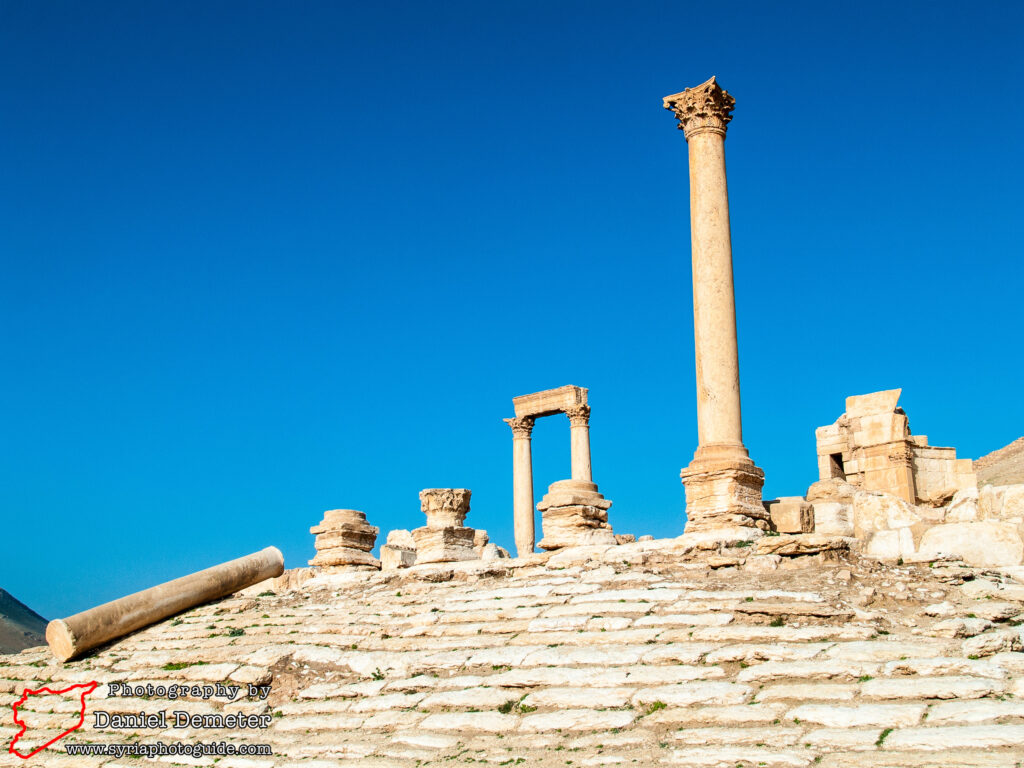
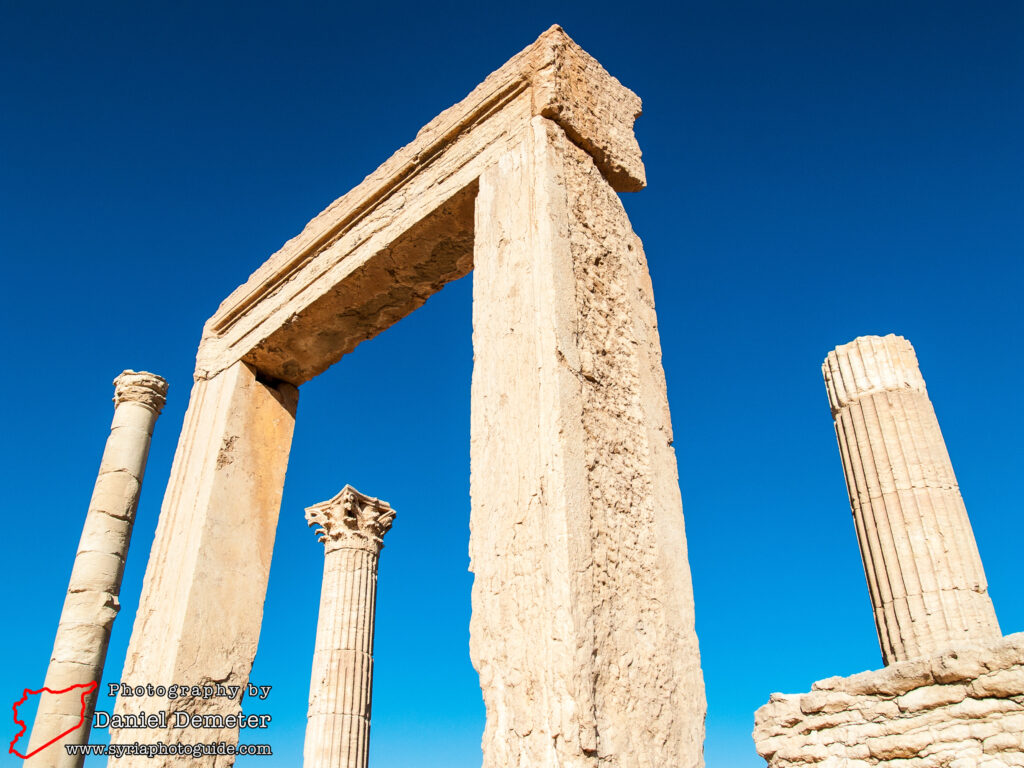
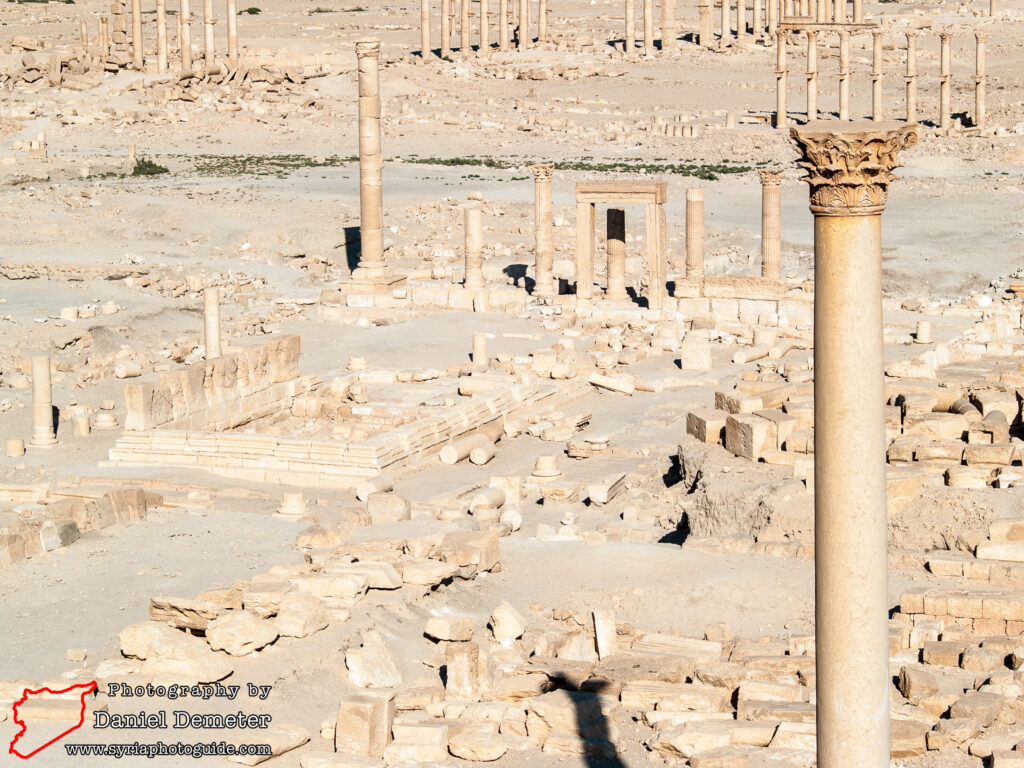
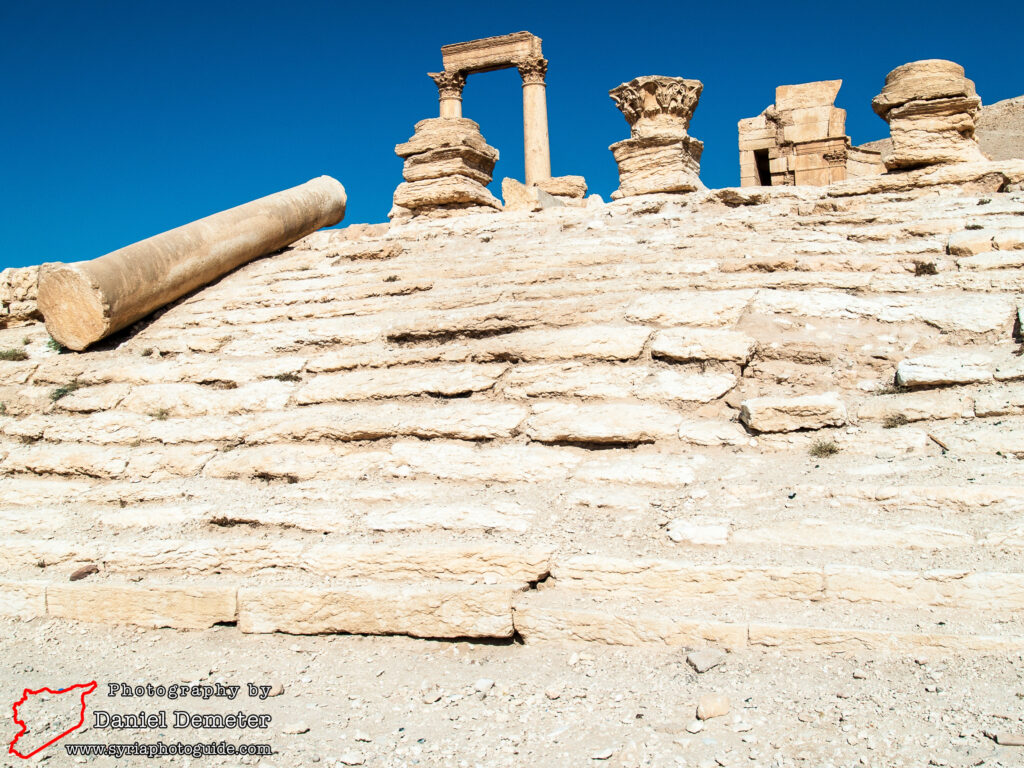
Preservation Status: The archaeological remains of Palmyra (تدمر), including the Camp of Diocletian (معسكر ديوقلسيان), are under enormous risk. Since May 2015, the town and environs have been under control of the Islamic State (الدولة الإسلامية) militant group, committed iconoclasts who have purposely targeted archaeological heritage in both Syria and Iraq for destruction. There have been numerous reports of explosives being planted throughout the site, which may include this area.
Getting There: Palmyra (تدمر) is located at a major crossroads in the Syrian desert between three major cities. It is located east of Homs (حمص), northeast of Damascus (دمشق) and southwest of Deir al-Zur (دير الزور). Most buses traveling between Homs (حمص) or Damascus (دمشق) and Deir al-Zur (دير الزور) will stop in Palmyra (تدمر). The Camp of Diocletian (معسكر ديوقلسيان) is located in the far western end of the acropolis, not far west of the funerary temple (المعبد الجنائزي).
Coordinates: 34°33’18.00″N / 38°15’41.00″E
Transliteration Variants: Tadmur, Tadmour
Rating: 6 / 10
